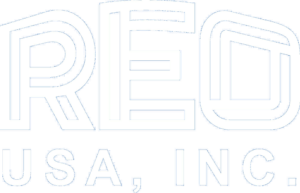Global energy demand is on the rise; drivers like economic growth and changes in consumer behaviour mean that energy demand is estimated to rise by 77% by 2040. Unfortunately, this rise in energy consumption goes hand in hand with an increase in Carbon Emissions.
Organisations like the Carbon Trust and their Footprint label scheme help to provide consumers at all levels with information so that they can make informed specification and purchasing decisions, and it should come as no surprise that energy efficiency has become a significant focus for today’s markets, especially considering the UK’s Government’s drive towards net zero by 2050. The efficiency of electrical equipment can play a crucial role in reducing energy consumption and environmental impact. However, not all electronic products are created equally regarding energy consumption.
Equipment usually use transformers to reduce the applied mains voltage to a level more appropriate for the application. Whilst they have been replaced for many applications, like PC power supplies and phone chargers by Switch Mode Power Supplies (SMPS), they still provide the best way to both reduce the voltage and ensure safety by providing electrical isolation for the connected equipment, this is often critical, especially in technologically advanced applications like medical equipment.
However, outdated machine designs and thinking can be major obstacles to achieving energy efficiency goals. For example conventional, laminated core EI transformers often need to catch up in terms of efficiency, contributing to unnecessary wastage of energy, especially when compared to more modern toroidal versions.
For example, a typical 1000 VA laminated core, EI transformer has operational losses at full load of approx 66 W per hour of every year of its operating life. In contrast, a similar REO toroidal transformer will only have losses of approx 40 W. This is a reduction of almost 40%! Over five years, this equates to approx 21kg of CO2 savings or the equivalent of a 128 km journey in a petrol car, excepting the cost of generating this wasted energy!
Toroidal Transformers have other benefits too. They can be encapsulated to provide ingress protection (IP) up to IP54. The centre point fixing method means that they are quickly mounted within equipment or control cabinets, saving time and money. They are specifically designed to outperform standard EI transformers, providing better load regulation, lower leakage current levels, essential in medical applications, conforming to IEC/EN 60601, and lower losses.
REO toroidal transformers are designed and manufactured according to EN ISO 9001 and can be provided as UL-recognised devices with or without NRTL marking for the medical market. Each product is individually tested to ensure compliance and quality. Please visit https://www.reo.co.uk/transformers for more information.
Editor’s note: If you want to ensure you keep up to date with press material, opinion-focused blog content, and case studies from REO UK, you can visit their news page: https://www.reo.co.uk/news.



